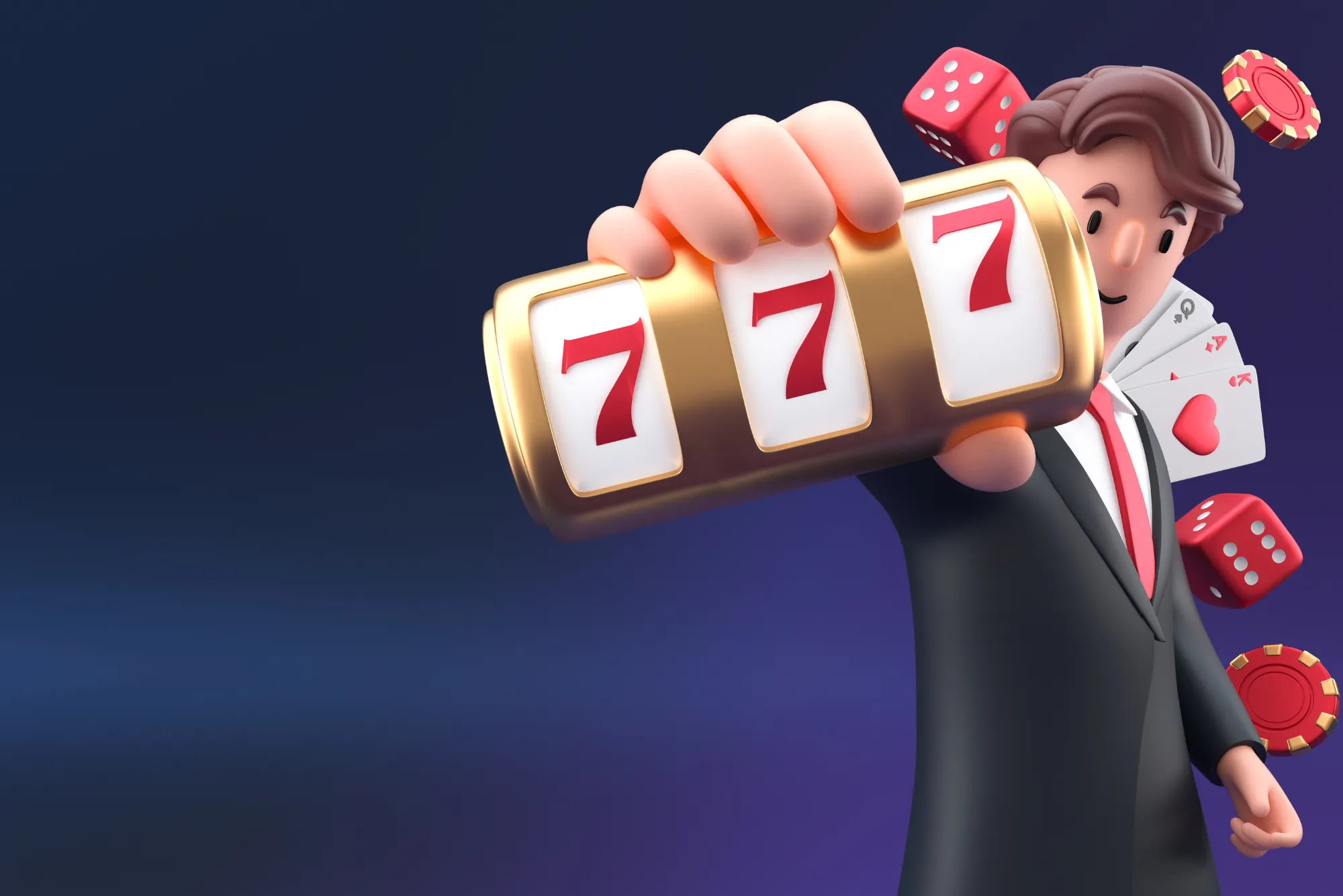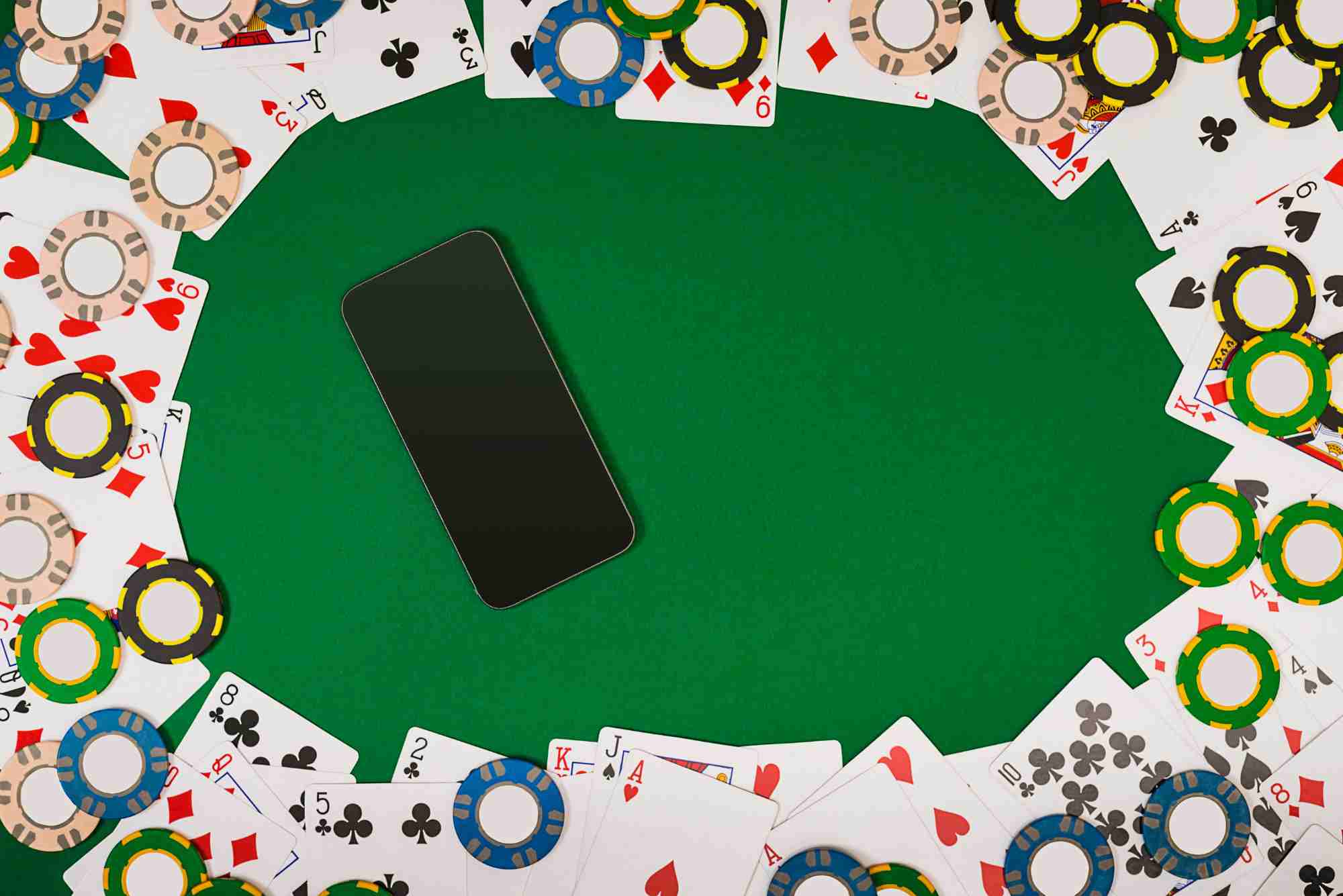You’ve seen it splashed across forum threads and whispered on casino floors: “Always hit max bet or you’ll miss the good stuff.” I’ve tested that advice on everything from penny slots in Vegas to volatile online titles with six-figure jackpots. Sometimes max bet does unlock something juicy. Other times it’s just a fast lane to a drained bankroll. The real question isn’t “should you always max bet?”—it’s “when, why, and with what guardrails?”
How “Max Bet Unlocks Features” Really Works
Most modern slots are multi-layered. Developers can tie certain bonus rounds, jackpots, or multiplier tiers to stake size. In classic land-based progressives, max coins were mandatory to qualify for the top pot. Online, the rules are more varied: some games scale payouts proportionally regardless of bet, others gate specific features behind higher stakes, and a few simply increase your odds per spin when you wager more. The paytable (and the game rules page) is the only honest place to check—marketing banners won’t tell you the fine print, and superstition definitely won’t.
What often goes unsaid is that “max bet” isn’t a magic key; it’s just a bigger price of admission. If the feature isn’t mathematically worth what you’re spending to trigger it, you’re paying extra for the same entertainment.
The Psychology That Pushes Players to Over-Bet
Here’s the part nobody likes to admit: we’re suckers for FOMO. A flashing “MAX BET” button feels like a VIP rope. The fear that you’ll hit the perfect combo on a lower stake and miss the top prize is powerful. Casino designers know this and build interfaces to amplify that anxiety. When you wander beyond regulated UK sites into non GamStop casinos, the friction to up your stake is even lower—fewer responsible gambling nudges, more aggressive bonuses, and an interface that makes sliding that stake bar feel effortless. The freedom is appealing, but it means you have to self-police harder: confirm which features are stake-dependent, verify withdrawal terms, and decide—before you spin—how much of your session can go to “premium stakes.”
The Math Beneath the Button
Return to Player (RTP) is usually expressed as a percentage over the long run. Some slots keep RTP flat across stakes; others subtly shift it. Even when RTP is flat, volatility escalates dramatically as you increase bet size. If a bonus feature is only accessible at max bet, ask: how often does it trigger, what’s its average payout, and does that expectation justify the extra stake? You won’t get exact numbers from the casino, but you can infer from community data, review sites, or by tracking your own sessions. If the “hidden” feature appears once every 2,000 spins and tends to pay 50x, but max bet is 10x your usual stake, you’re not unlocking value—you’re buying a lottery ticket with worse odds than you think.
When Max Bet Actually Makes Sense
There are clear scenarios where paying top dollar is rational:
Progressive jackpots or fixed “super” jackpots that require max bet or a specific side wager. If the whole reason you’re playing is that jackpot, lower stakes are self-sabotage.
Feature buy mechanics that scale linearly (or better) with stake. Some slots let you purchase a bonus round outright and the math works out if you’re chasing that specific feature instead of spinning aimlessly.
Promotional overlays: cashback, loss rebates, or tournament leaderboards where max-betting fewer spins might earn you a spot or a rebate that changes EV. In those spots, the promo—not the slot—tilts the math.
But even in these cases, you need a bankroll sized for the variance you’re inviting. A single cold streak at max bet can erase a week’s gambling budget.
“Hidden” Doesn’t Mean “Profitable”
Developers love to sprinkle “mystery” mechanics—random wilds, surprise multipliers, expanding reels. Sometimes these scale with stake, sometimes not. A lot of players assume that because something is less visible at lower stakes, it’s locked. Often it’s simply rarer or pays proportionally less. Read the help screen, not just the marketing splash. If the mechanic triggers at all bet levels, you’re not missing out—you’re avoiding a bigger swing.
Bankroll Architecture: My Real-World Framework
Here’s the framework that saved me from ego-driven overspending:
Define two bankrolls before you start: a “core play” fund and a “premium experiment” fund. Core play is where you grind steady RTP slots or lower-volatility titles. Premium experiment is for max bets, feature buys, and “let’s see if this pays” moments. When the premium pot is gone, experiment over—no dipping into core.
Pre-write a stop-loss and stop-win number. If I drop 40% of the premium fund without a meaningful hit, I stop. If I double it, I pocket half immediately. This keeps the session from spiraling in either emotional direction.
Session notes. I jot down how many spins to a feature, average payouts, and stake size. Over time, that data tells me which games deserve max bets and which are just shiny traps.
Stakes, Stories, and Tilt
I’ve watched friends hit a monster bonus at minimum stake and feel miserable, convinced they “should have” been betting higher. I’ve also watched a player shove to max after a near-miss, only to flame out in ten dead spins. The story you tell yourself mid-session matters. If you find yourself narrating “the machine owes me” or “it’s about to pop,” you’re reacting to emotion, not math. Tilt at high stakes is ruinous because losses accrue so fast.
Volatility Is a Personality Test
Max betting effectively cranks volatility to 11. If you crave steady feedback—a drip of small wins and features—max betting volatile slots is emotional torture. You’ll sit through long deserts for one oasis. Some players love that adrenaline cliff; others panic halfway down. Know which one you are. It’s perfectly valid to say, “I enjoy features, but I don’t enjoy the stress of big stakes,” and play within that comfort zone.
Offshore Reality: Read the Fine Print Twice
Outside the UKGC sandbox, withdrawal caps, bonus traps, and vague game rule pages are more common. If you’re going to max bet on an offshore site, make sure:
Your payment method is fast and dispute-friendly.
The casino publishes a clear max cash-out. Hitting a 50,000x win is bittersweet if you can only cash £2,000 a week.
The slot provider is a known name with audited RNG. A high stake on an unknown studio’s game is double risk—mathematical and ethical.
Side Bets vs. Max Bets
Some modern slots separate “feature bets” from base stakes. A 20% “bonus bet” might unlock extra wilds or a better free-spin reel. Mathematically, these can be more efficient than hammering max bet, because they target the mechanic you care about without escalating every spin. Compare the cost of the side bet to the payout bump it promises. Sometimes a modest side bet on a moderate base stake beats the max bet on both fronts.
Practical Examples from My Own Logs
On a well-known Megaways title, the top jackpot only triggers if you stake above a certain level. I tracked 3,000 spins: at my normal stake, I hit the smaller jackpots and frequent free spins, averaging 98% RTP. At max stake, I hit one colossal feature that shoved RTP to 112% for that session—but getting there cost three sessions’ worth of bankroll. Net profit across four sessions? Barely above break-even. Worth it for the adrenaline? Maybe. Worth it as a strategy? Not really.
On another slot with a “bonus boost” side bet, I paid 25% more per spin to increase scatter frequency. Over 1,200 spins, I hit 30% more bonus rounds, each paying roughly 60x stake. My effective RTP ticked up a couple of points—not life-changing, but enough to justify the boost when I was in a “feature hunting” mood.
The Myth of “Machines Get Hot”
Max bet myths often ride alongside “hot/cold” machine folklore. RNGs don’t know or care what you wagered last spin. They certainly don’t “reward” you for finally hitting max bet. If you jump stakes because you “feel” it’s coming, you’re betting on narrative, not numbers. Narratives are fun, but they’re expensive decision tools.
The Social Angle: Group Sweats and Shared Risk
One way to make max betting less punishing is pooling with friends. Set up a shared kitty, agree on stakes and stop rules, and stream the session together if you’re playing online. The communal sweat makes the variance feel less personal and more like a group experience, which is often what we’re really after anyway—a shared rush.
Final Thoughts: So, Should You Max Bet?
Max bet is a tool, not a rule. Use it when:
The feature or jackpot truly requires it and that’s the feature you’re chasing.
You’ve ring-fenced a budget specifically for high-volatility fun.
A promotion or side mechanic bumps your EV enough to justify the risk.
You’re emotionally steady enough to stomach long droughts without tilting.
Ignore it when:
The feature is simply scaled, not locked.
Your bankroll can’t absorb the variance.
You’re in an unregulated environment with murky cash-out terms.
You’re chasing losses or reacting to a near-miss story in your head.
In short, max betting doesn’t “unlock” magic. It magnifies whatever the slot already is: its volatility, its bonus structure, and your emotional response. Treat it like an optional turbo button, not the default gear.







